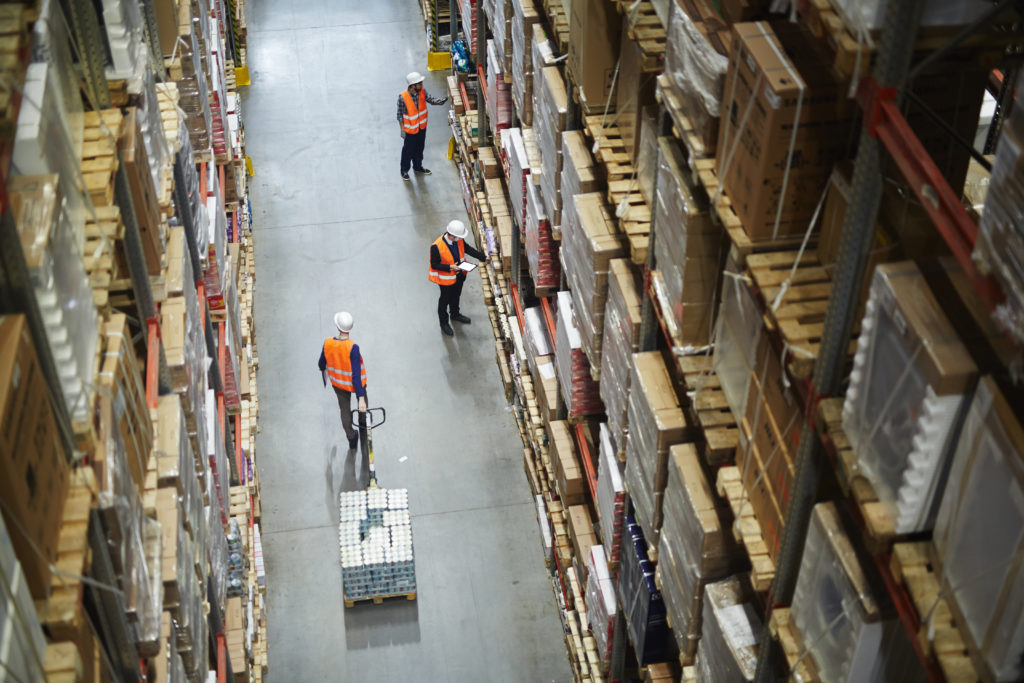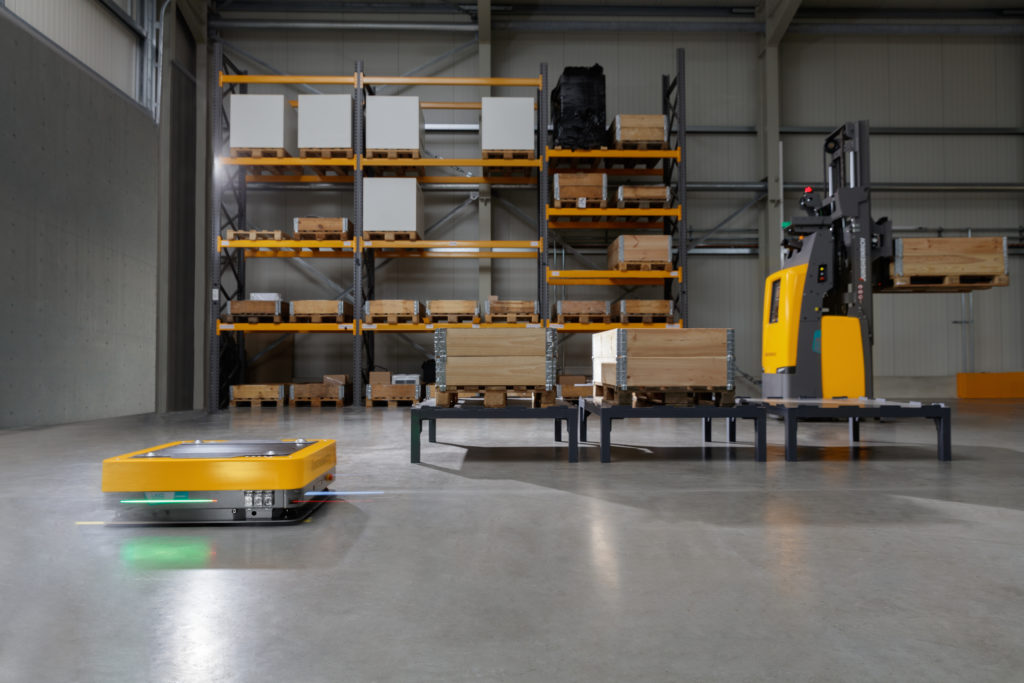In the past decade, businesses have focused firmly on logistics automation – mostly looking to improve efficiency. But while robots and other high-tech machinery have become the norm, another of their benefits has gone almost unnoticed – the decreased environmental impact. Here we show how our automated solutions can help businesses achieve sustainable, eco-friendly decarbonisation.
The warehouses’ polluting role
When it comes to decarbonisation efforts, businesses usually put their focus on sustainable manufacturing/production, transportation, and recycling. But the impact within warehousing is often overlooked. In fact, carbon emissions caused by material handling activities within warehouses account for a significant 13% share of overall supply chain CO2 emissions (World Economic Forum, 2009).1

How automation can help
The largest contributor to such greenhouse gas emissions is by far, energy usage. Warehouses that are heavily reliant on manual picking need more electricity to light, cool, and ventilate the facility. The implementation of Jungheinrich automated solutions allows for a reduced footprint in three main ways:
- Reduced light use: our arculees are equipped with Light Detection and Ranging (LiDAR) sensors, which allow the robots to navigate even in dark corners of the warehouse, thus leading to less reliance on bright lighting. With studies2 showing that 65% of energy use goes towards lighting, this means a significant reduction in power consumption.
- Less space: automated warehouses are able to feature vertical stacking of goods. These high-bay solutions require less physical space and can provide the same storage capacity as conventional warehouses twice as large.
- Less fuel: while older warehouses still rely on combustion-driven vehicles, one of the most important developments in intralogistics is the move towards an electrically operated fleet. By electrifying and automating their facilities, businesses can leave the combustion-based era behind, while counting on silent and sustainable machines.

Further benefits towards decarbonisation
- Waste reduction: the high precision of our arculees ensures less damage to products and pallets, which decreases the amount of scrap. Furthermore, the certainty that the fleet of AMR will transport goods safely means that less plastic wrapping is needed for protection.
- Fewer picking errors: automated warehouses also feature little to no picking errors. This keeps unnecessary repeat tasks to a minimum, which significantly reduces emissions related to transportation.
Sustainable efforts are often delayed or stopped by concerns about how profitability will be affected. When it comes to automation, however, profitability and sustainability go hand in hand, and actually benefit each other. While initial investments might be substantial, the long-term results can be observed in operational costs, efficiency, and of course, the commitment to a greener future.